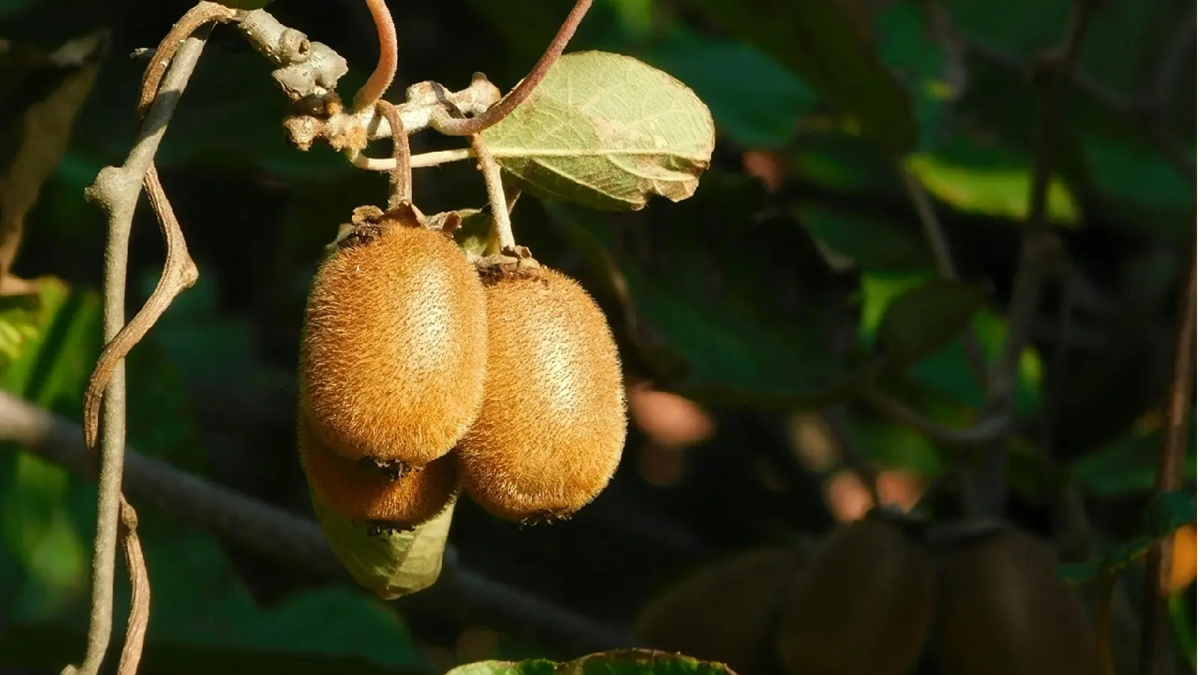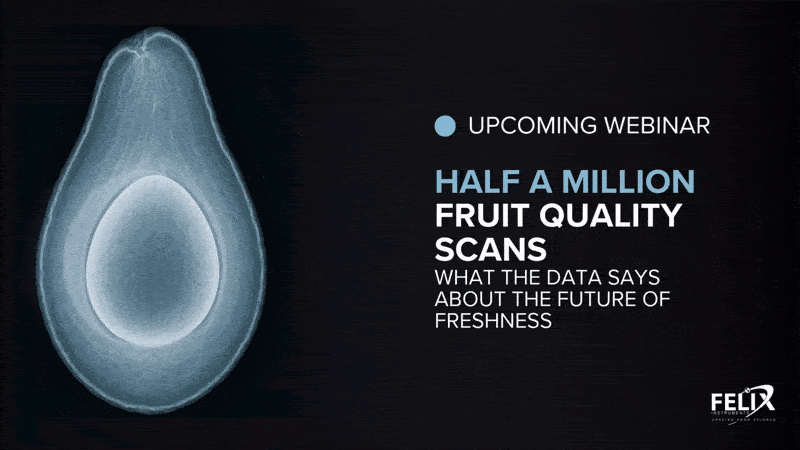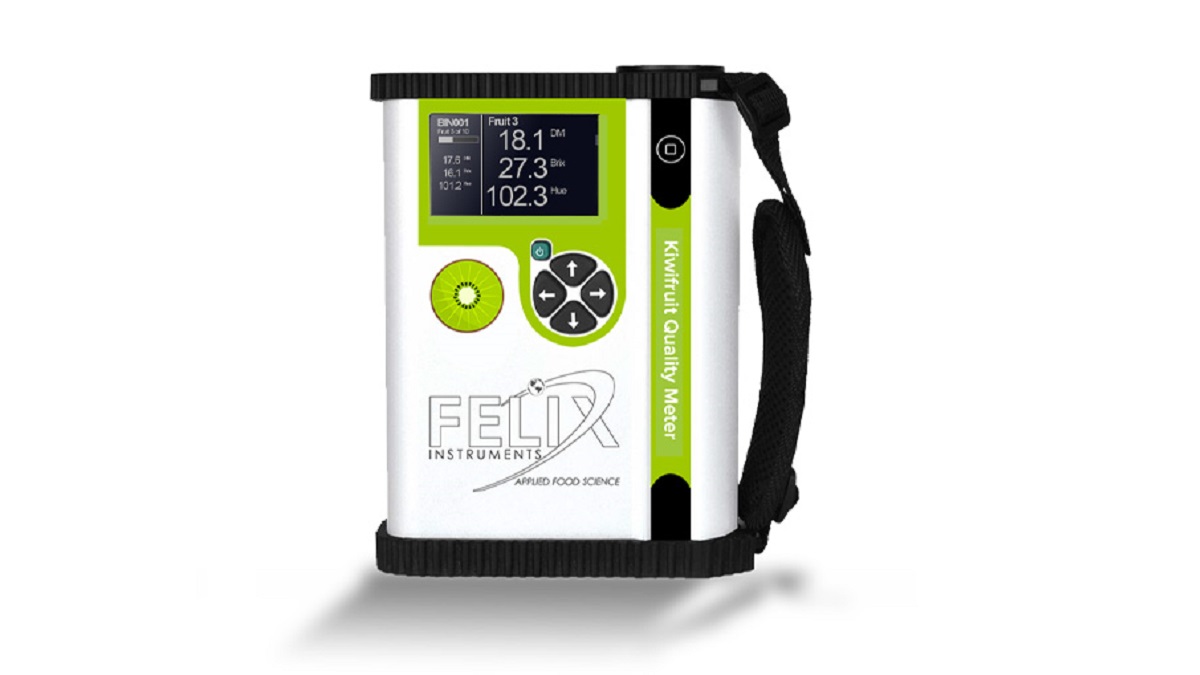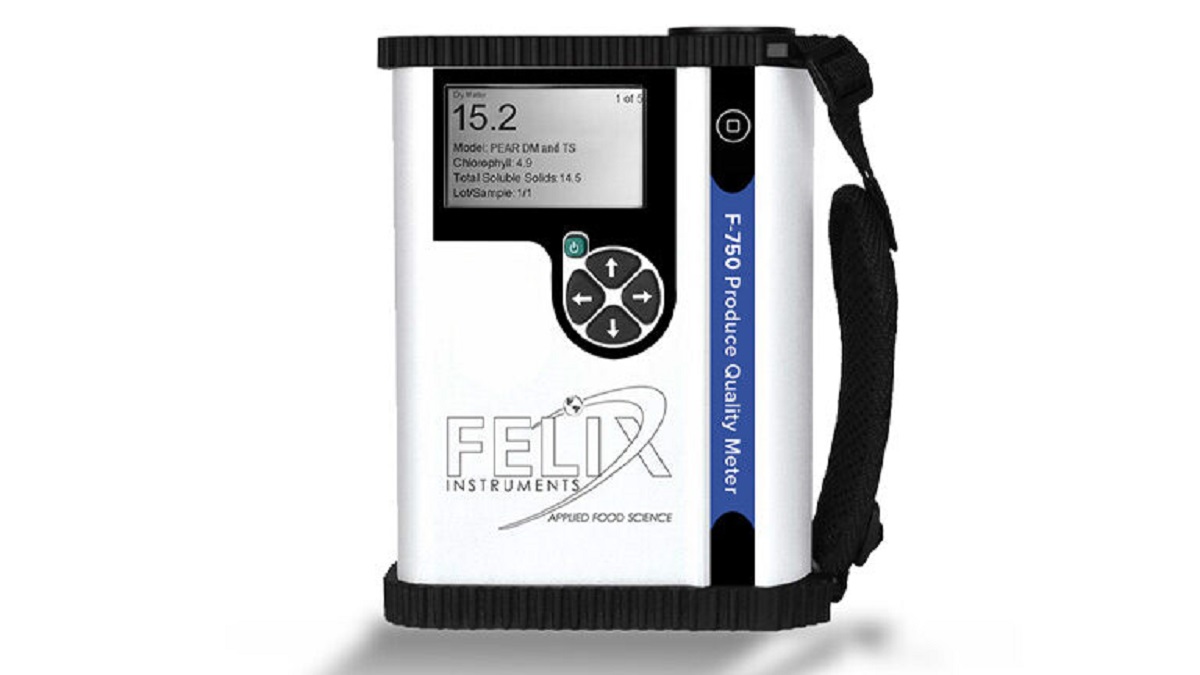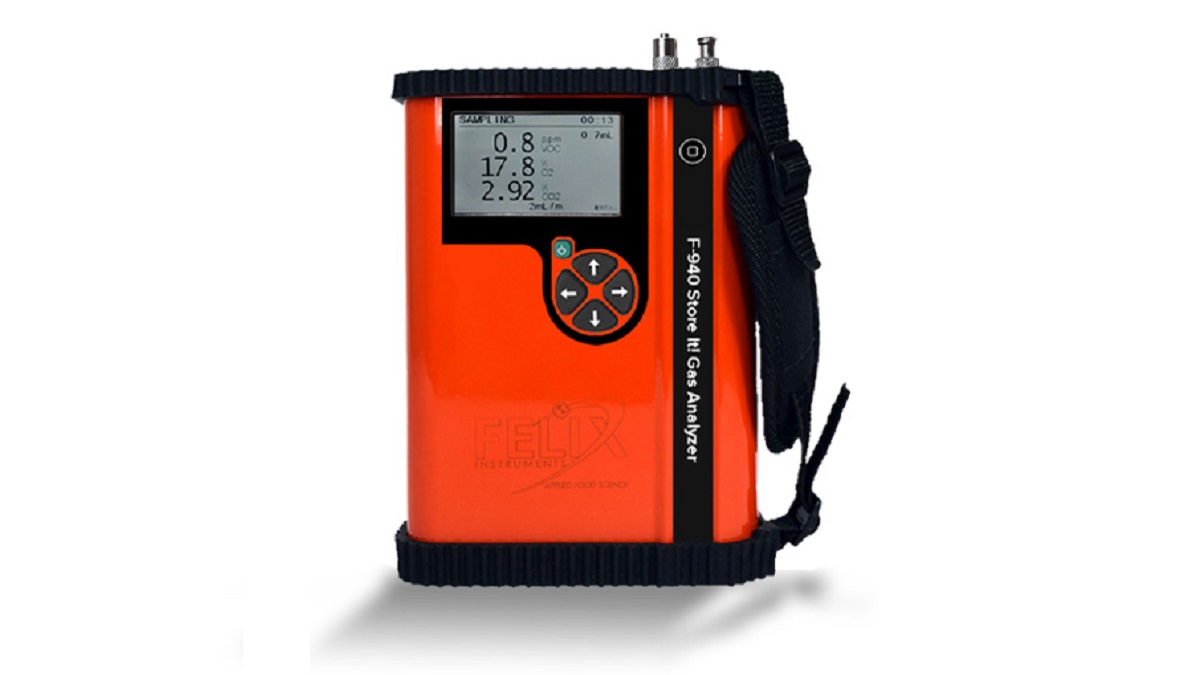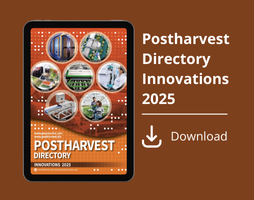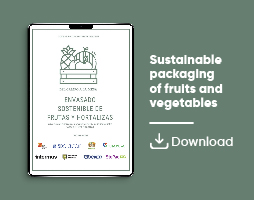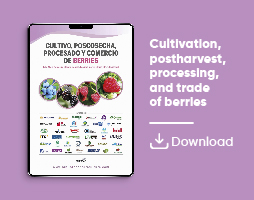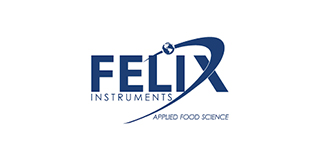

Felix Instruments
Measurements
What Is Dry Matter Content and Why It’s Crucial for Fresh Produce Quality
Dry matter is key to harvest timing, postharvest quality control, storage, and compliance with market standards

Dry matter refers to the solid contents in plants, excluding water. Dry matter includes non-structural carbohydrates like sugars and starch, structural carbohydrates like cellulose and hemicellulose, oils, amino acids, proteins, lipids, vitamins, pigments, antioxidants, minerals, volatile compounds, etc.
Dry matter is measured before fresh produce is harvested and during the post-harvest stages. Between flower fertilization and maturity, there is a 100-fold increase in dry matter. Various compounds are used in cell division as the fruit develops, and the cells expand. During development, fruits act as sinks for biomass allocated by the plants.
Fruits differ in the types of compounds they accumulate, based on species and cultivars, which explains the differences in shape, size, color, taste, and flavor of fresh produce. Significant differences in compound accumulation trends and the ratios in which they are present in the fruits can change during maturation, determining the ripening mode.
- Climacteric fruits accumulate non-structural carbohydrates, such as starch, that are converted into sugars during ripening. It allows fruits to be harvested when fully mature but still unripe, thereby extending the time for transport and storage. Ripening is controlled and undertaken when needed for retailing. Dry matter measurement is very crucial for this category of fresh produce.
- Non-climacteric fruits accumulate non-carbohydrates as sugars and not starch. These fruits need to be on the plant to ripen, and are harvested just before they get fully ripe.
Dry matter is measured to determine the maturity of fruits as they develop, fix harvest time, and establish quality. These measurements begin before harvest and extend throughout the postharvest stages of the supply chain.
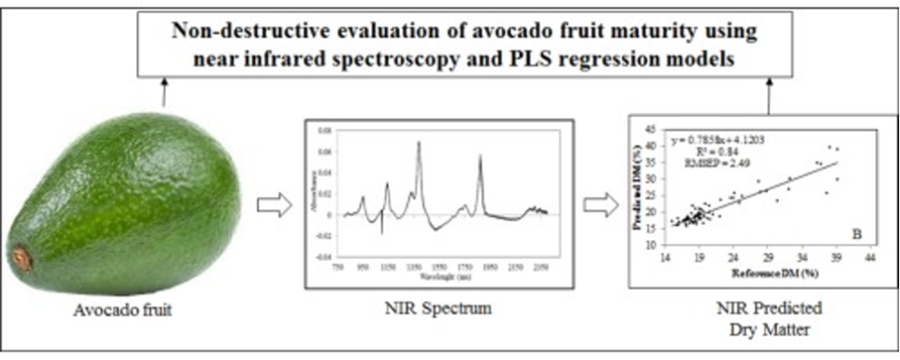
Figure 1: Graphical abstract of NIR estimation of dry matter in avocado, Olarewaju et al. (2016). (Image credits: https://doi.org/10.1016/j.scienta.2015.12.047)
Measuring Dry Matter Content
Staff in fresh produce supply chain facilities find testing dry matter in the laboratory challenging, as the procedure requires specialized expertise. Therefore, the tests can be outsourced, which delays the receipt of results.
Near-infrared (NIR) spectroscopy-based instruments offer an alternative that can provide non-destructive, precise, easy, and rapid measurements and results on-site. Quality assessment tools provided by Felix Instruments Applied Food Science include the general F-750 Produce Quality Meter and the F-751 series, which is customized for various fresh produce, such as mango, avocado, grape, kiwifruit, and melon. The tools are small and portable, designed for on-site use in the supply chain, and require no special training for operation.
A 2021 German study evaluating the dry matter content of avocados, apples, blueberries, grapes, and tangerines showed that the F-750 Produce Quality Meter was one of the portable instruments that can accurately and quickly determine dry matter content non-destructively. NIR light from the tool directed at the fruits interacts with their bio compounds. The tool then measures the NIR light absorbed by the fruit, and a trained model analyzes the spectral data to provide the dry matter content in easy-to-understand percentages within seconds (see Figure 1).
People involved in the postharvest fresh produce supply chain who can benefit from non-destructive dry matter assessment include those in production, trade, logistics, and retail phases:
- Fruit and vegetable production involves farmers and cooperatives.
- Trade includes fresh produce wholesalers and distributors who sell to retailers.
- Logistics covers storage and transport.
- The retail market has direct contact with end consumers.
Fruits and Vegetable Production Stage
During the production stage, dry matter can be used to measure maturity and determine harvest time.
It is used as a harvest maturity index for several climacteric fruits and vegetables. Dry matter content increases as maturity progresses. Fruits that ripen on trees will have the maximum dry matter content. However, the optimum dry matter content for harvest is not the maximum, but rather the percentage that allows fruits to ripen properly post-harvest and yet extends the time for transport and storage. The optimum dry matter will vary with species and cultivars and has been fixed for most fruits.
Since starch is converted to sugar during ripening, dry matter at harvest is a reliable indicator of postharvest fruit quality or taste. Many studies have shown that the optimum dry matter content at harvest yields fruits that taste good and meet consumer satisfaction in retail shops. For items such as avocados, dry matter is a suitable indicator of oil content, which serves as the required harvest maturity index.
Brix, which measures sugar content, is a better indicator of the harvest time for non-climacteric fruits.


